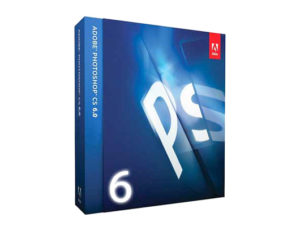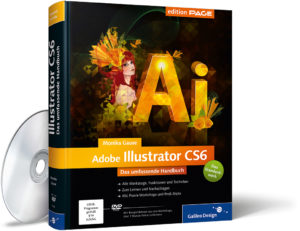Intel Core i5-2500, the quad-core processor that I have used since 2014 is still up and running today. With its base processor frequency of 3.30 GHz, boosted up to 3.70 GHz is still fast enough for normal usage, graphic design, video editing and few hardcore games.
The i5-2500 first launched in the 1st Quarter, 2011, with a starting price of $205. With Intel HD Graphics 2000, users are able to plug and start using their desktops immediately without the need of buying a new graphic card, unless users require more graphic power.
The picture below is an information displayed using CPU-Z.

Daily Use
Using CPU with daily usage can be difficult to make a conclusion if specific processors can improve or decrease the user experience for day to day tasks. There are numerous factors that may affect user experience for daily usage, majority of it are:
- Central Processing Unit.
- Graphic Card.
- Storage Performance.
- Random-Access Memory capacity.
In conclusion, as a user, I can't really tell any significant improvement from upgrading a CPU, although some games, graphic design and video editing can have greater performance improvement.
Gaming Experience

Cities: Skyline in Steam
Games are not usually good to evaluate processors for their performance, but! Some games do have large impact with better processors rather than graphic cards. I conducted my own trial to test out different type of games. Starting from Casual Flash, City-Building, MMORPG (Massive Multiplayer Online Role-Playing Game), and other popular genres, the greatest improvement was made to a City-Building game called Cities: Skyline. Some games do use CPU's capabilities for hyper-threading, but since i5-2500 doesn't have hyper-threading technology, I am unable to test out further in this matter.
It seems like Cities: Skyline render its game more with CPU than Graphics once the city was large enough to cover the computer monitor. Improvement was quite drastic if calculated with FPS (Frame Rate per Second) in the game, there was a significant increase, especially when playing it by scrolling in & out. With Intel Celeron as my first trial in playing the game, Cities: Skyline started but as the game loads, crashing is a common problem facing with low end CPU.
Even though the game is playable, the average range of FPS is 20 - 30. As I continue playing, lags become unbearable and sooner or later, it will crash. After upgrading to Intel Core i5-2500, the game is playable with 40 - 60 FPS average. Graphics setting is set maximum quality. As the game progresses for few hours, the game may drop down to 30 - 50 FPS, sometimes 10 FPS if the game is crowded with buildings and traffics while zooming in.
Graphic Design with Adobe Photoshop CS6, Illustrator & CorelDRAW X8



Using the Intel Core i5-2500 with 3 different graphic design software and it works smoothly. The launching of each app is faster slightly than using Intel Celeron. I personally can't speak much about graphic software due to its nature of requiring more RAM storage for smooth user interface, Storage Performance (launching the app, rendering image from raster to vector, vice versa, and other necessity that require storage access) and graphic rendering (resizing, drag & drop and other process in-app).
It is inconclusive to tell major difference with upgrading, only noticeable difference when rendering images or converting images.
Video Editing with Corel Ultimate VideoStudio X9

Corel Ultimate VideoStudio X9
My experience with video editing using both Intel Celeron and Intel Core i5-2500 is improve performance with importing, copy-pasting and render videos to 1080p H.264. Render time decreases drastically, with knowledge that video conversion uses multiple cores to spread working process of converting to specified video compression standard. Although video editing requires graphic card to process and render videos during the video editing software, the finishing process applies heavy load to the CPU.
This desktop processor is great for people who are wish for:
Well of course in today's preference, this processor is not that great anymore. The downside of this processors is:
- Great price to performance ratio compare to current higher end models.
- Low price with high base and boosted frequency.
- Low price with quad-core.
- Many used products in market.
- 32 nm transistors (14 nm is the smallest transistors in 2016).
- No hyper-threading technology.
- Outdated architecture technology (Sandy Bridge).
- Rare and quite expensive to buy new one.

Comments
Post a Comment